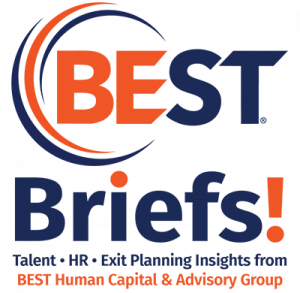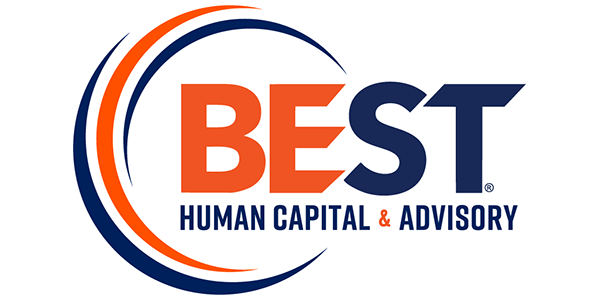
How Do You Know When It’s Time for a Career Change?
While professional development is viewed differently by everyone and is often driven by a person’s behaviors, the vast majority of people do want to experience continual growth in their careers. A primary rule of thumb is that no matter what this growth looks like, it is important to be going towards something and not running […]












